What is Hinamatsuri?
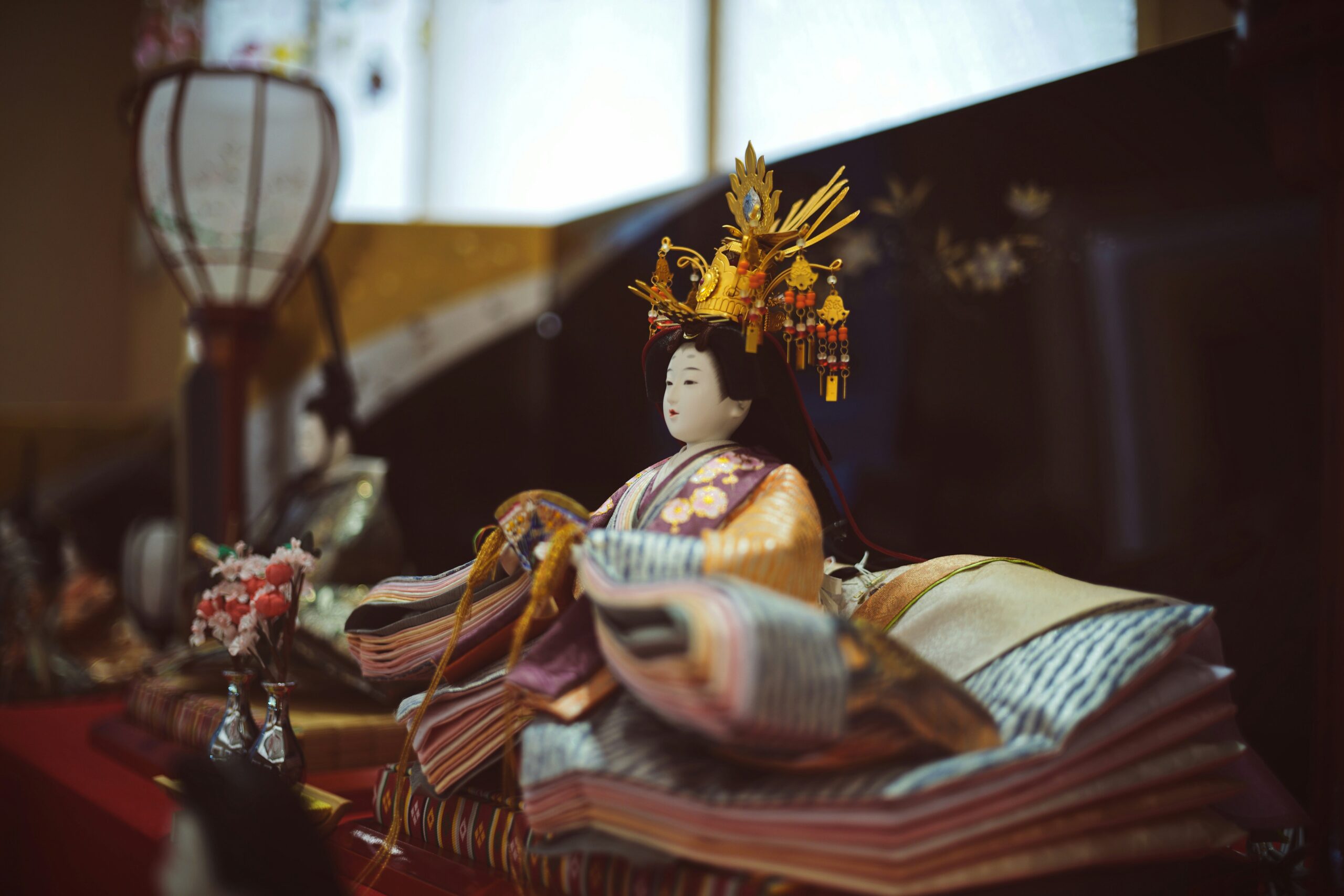
Hinamatsuri, also known as the Doll Festival or Girl’s Day, is a traditional Japanese celebration held on March 3rd each year. This special day is dedicated to wishing for the healthy growth, happiness, and prosperity of young girls. Families across Japan celebrate by displaying beautiful hina dolls, enjoying symbolic foods, and spending time together.
The Origins of Hinamatsuri
The roots of Hinamatsuri trace back over 1,000 years to the Nara Period (710–794), when it was celebrated as Momo no Sekku (Peach Festival), one of Japan’s five seasonal festivals. In ancient times, people believed that dolls could absorb misfortune. They would float paper dolls down rivers, carrying away bad luck and protecting children from harm.
This practice evolved during the Edo Period (1603–1868) into the custom of displaying hina dolls in homes. Over time, Hinamatsuri became a cherished tradition, symbolizing prayers for young girls’ well-being and happiness.
The Beautiful Hina Doll Display
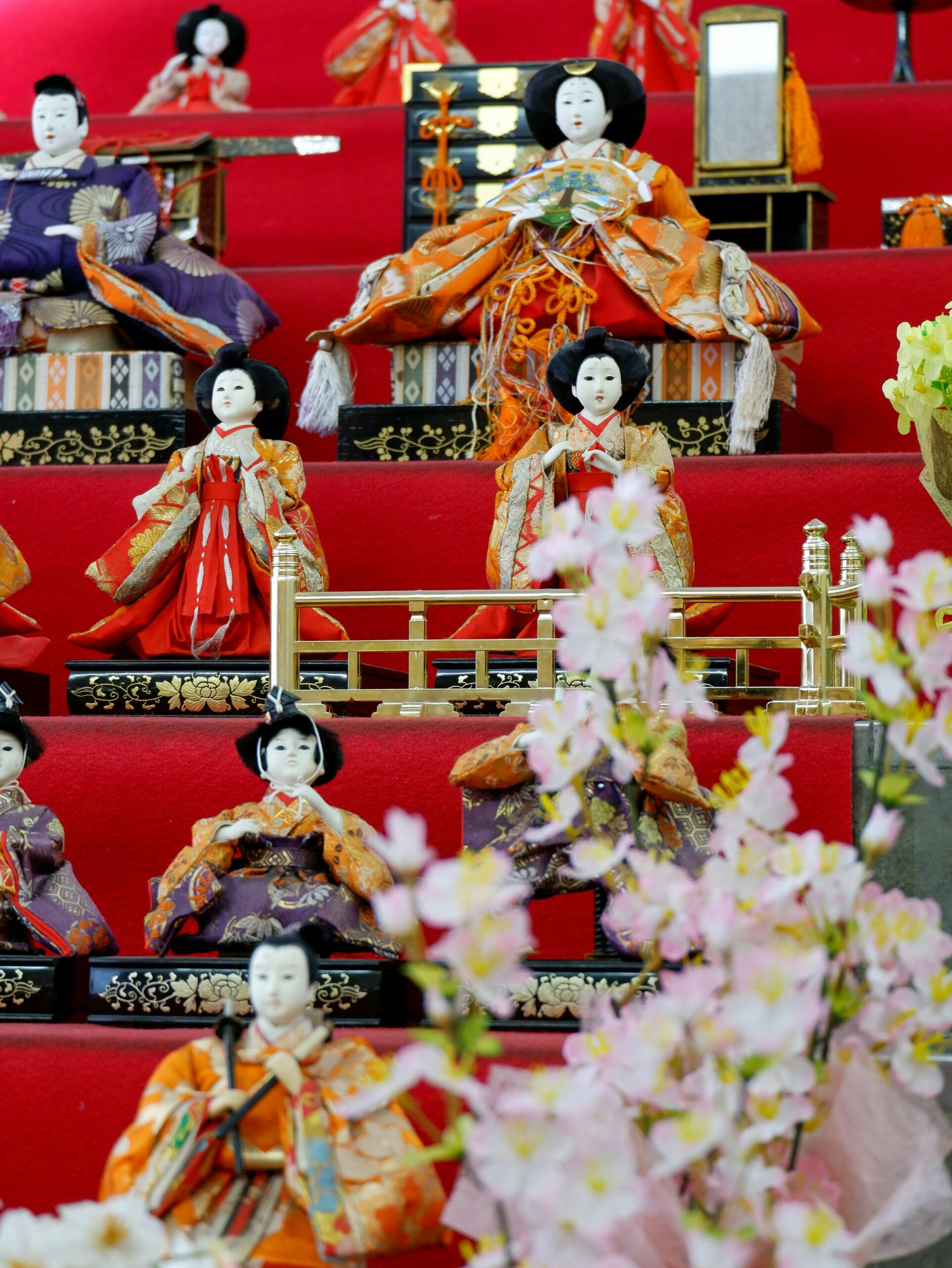
The centerpiece of Hinamatsuri is the hina-ningyo (hina dolls), representing the Imperial Court of Japan’s Heian Period (794–1185). These dolls are arranged on a multi-tiered platform called a hina-dan, draped with a red cloth.
- Top Tier: The Emperor (Odairi-sama) and Empress (Ohina-sama), symbolizing prosperity and happiness.
- Second Tier: Three court ladies (Sannin-kanjo), holding sake equipment.
- Third Tier: Five court musicians (Gonin-bayashi), each with a musical instrument.
- Lower Tiers: Ministers (Sadaijin and Udaijin), servants (Sannin-jougo), and decorative items like miniature furniture, cherry blossoms, and mandarin orange trees.
The hina dolls are believed to protect children from harm and bring good fortune. Their display is a beautiful representation of Japan’s cultural and historical heritage.
When to Display and Store Hina Dolls
Hina dolls are typically displayed around February 18th, known as Rainwater Day, which is thought to bring good fortune. Families set up the display at least one week before Hinamatsuri.
After March 3rd, it’s important to take the dolls down promptly to avoid superstition about delayed marriages. Ideally, dolls should be stored on a sunny, dry day to prevent damage from humidity.
Delicious Foods with Meaning
Hinamatsuri is also celebrated with traditional dishes, each carrying symbolic meanings:
- Chirashi Sushi (Scattered Sushi): A vibrant dish topped with shrimp (for longevity), lotus root (for clear vision), and eggs (for prosperity).
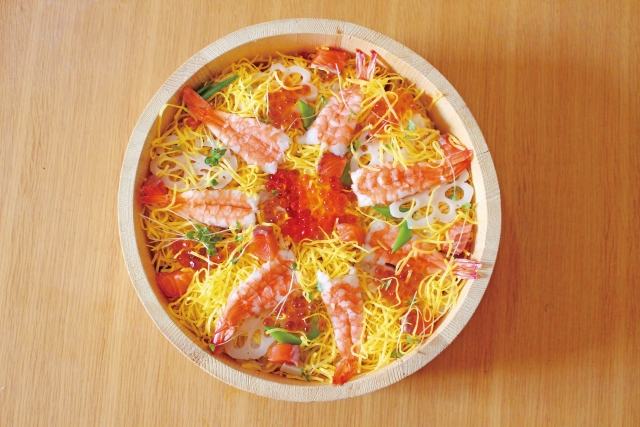
- Hishi Mochi (Diamond-Shaped Rice Cakes): Three layers of pink (warding off evil), green (health), and white (purity).
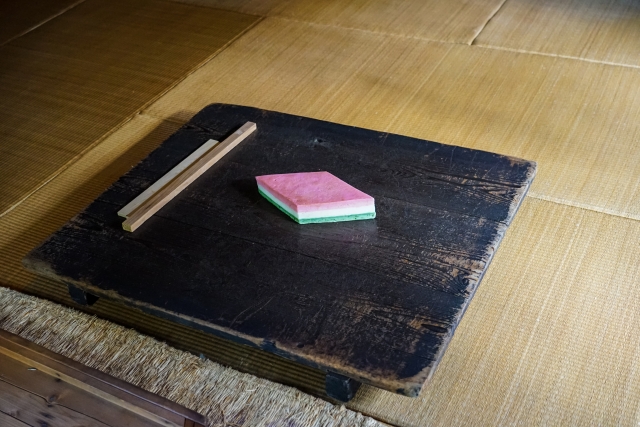
- Hina Arare: Sweet, colorful rice crackers symbolizing the four seasons and a wish for children’s year-round happiness.

- Clam Soup (Hamamatsu Osuimono): Made with clams whose matching shells symbolize a harmonious and lasting marriage.
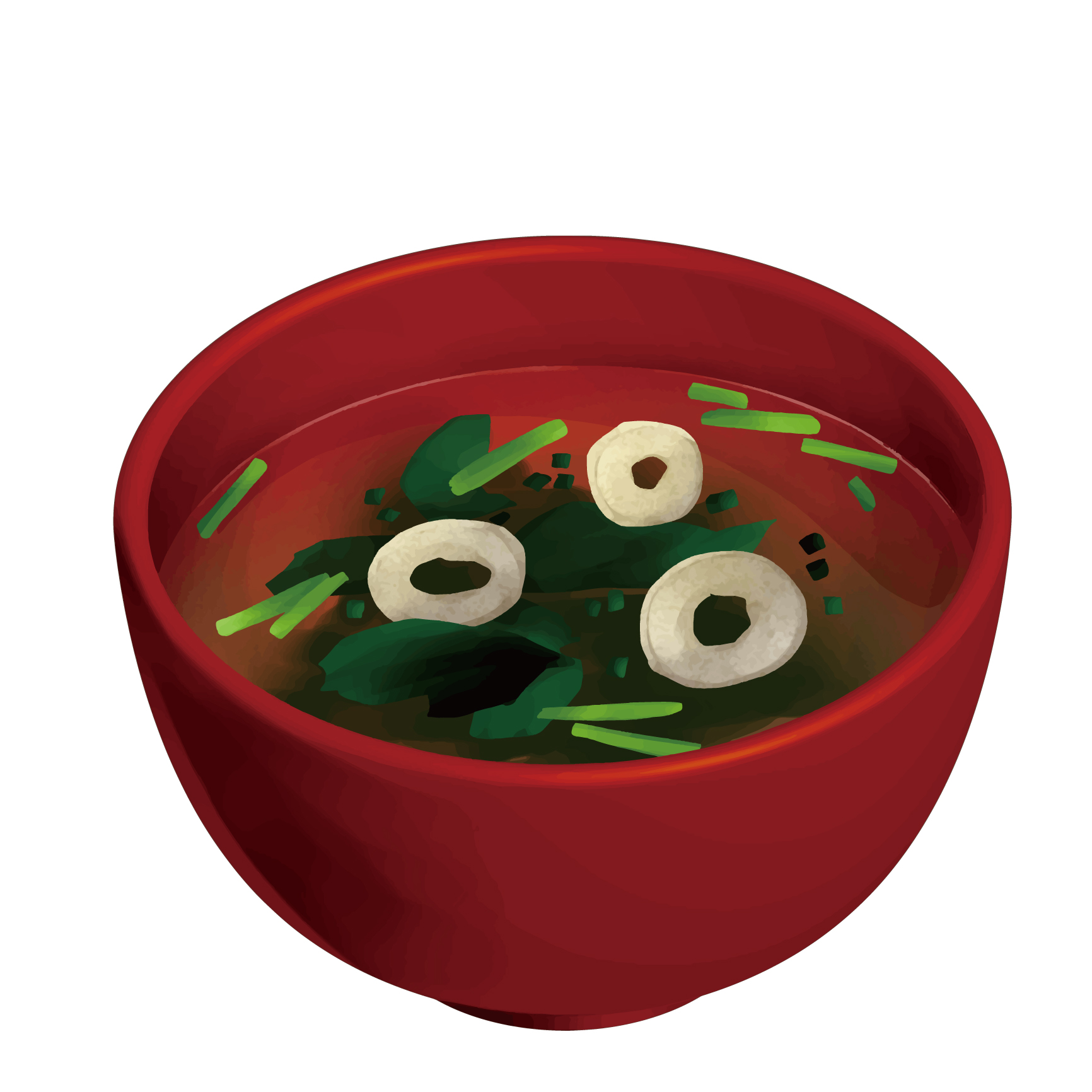
- Sweet Sake (Shirozake) or Non-Alcoholic Amazake: A celebratory drink that represents prayers for health and happiness.
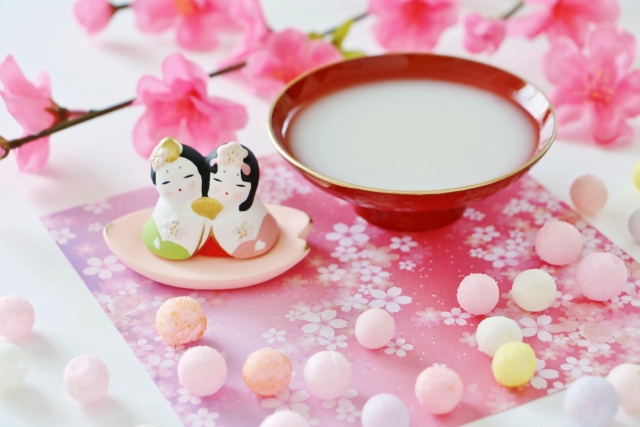
How to Celebrate Hinamatsuri at Home
Hinamatsuri offers a wonderful opportunity for families to bond and create special memories. Here are some ways to celebrate:
- Set Up Hina Dolls: Parents and children can decorate the hina-dan together. Families without dolls can enjoy crafting paper hina dolls as a creative alternative.
- Dress in Kimono: Wearing traditional attire adds to the festive atmosphere and creates beautiful photo opportunities.
- Host a Family Party: Share a meal of chirashi sushi, hina arare, and clam soup while singing traditional songs and celebrating your child’s growth.
- Read Picture Books: Learn about the history and customs of Hinamatsuri through educational books like “Why We Display Hina Dolls.”
A Celebration of Japanese Culture and Family
Hinamatsuri is more than just a festival—it’s a heartfelt tradition that honors young girls and celebrates their future. With its intricate hina dolls, meaningful foods, and family-centered customs, Hinamatsuri beautifully showcases the charm and depth of Japanese culture.
Whether you’re decorating hina dolls, preparing festive meals, or simply spending time with loved ones, Hinamatsuri is a joyful occasion to create lasting memories and embrace a special part of Japan’s rich heritage.
